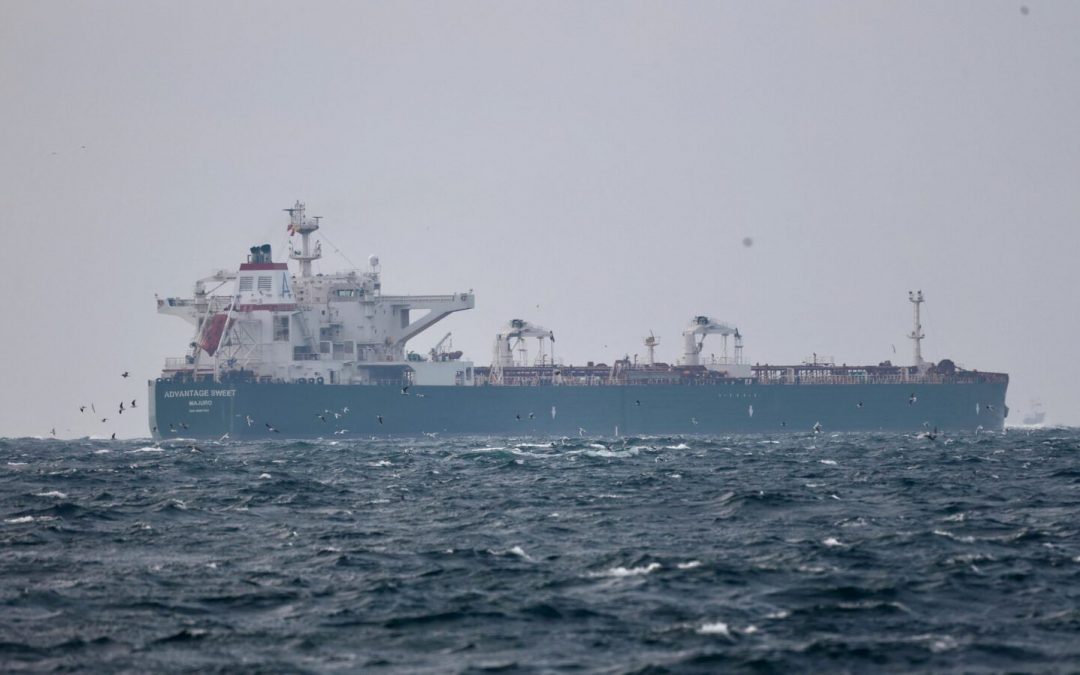Ship owners gravitated towards more tanker acquisitions, than bulker ones, during the first six months of 2023. In its latest weekly report, shipbroker Xclusiv said that “the second quarter of the year has come to an end, and it is time to do a quick review of the S&P market for bulk carriers and tankers. 2022 was a pretty good year for the S&P market, having about 660 transactions within the bulk carrier sector and about 710 transactions within the tanker sector. Bulk carrier transactions lost their pace as 2022 was coming to an end, and tanker transactions were gaining momentum”.
According to Xclusiv, “2023 started just like 2022 ended. Bulk carrier secondhand sales for the first six months of 2023 accounted to about 325 vessels, 14% lower than the first six months of 2022. The trend in the dry bulk S&P transactions was decreasing since the fourth quarter of 2022 – following the fall of the dry bulk freight rate – although there was an uptick towards the end of Q1 2023 in the dry bulk S&P sentiment. In the first quarter of 2023, 175 bulkers changed hands while in the second quarter of 2023, there were a total of 150 transactions, 25 less than the first quarter. These numbers are lower than the 184 transactions of the first quarter of 2022 and the 183 transactions of the second quarter of 2022. It is obvious that most owners and investors were alarmed by the downward trend in freight rates and the simultaneous high prices of vessels, and as a result became more selective in buying bulkers, pushing for lower prices, and waiting for the market to balance”.
The shipbroker added that “going deeper underground” with our review for the dry S&P market, Handysize and Supramax vessels are clearly the most sought-after candidates. 86 Supramaxes (Q1 2023: 45, Q2 2023: 41) and 81 Handysizes (Q1 2023: 50, Q2 2023: 31) were sold in the first half of 2023, while Capesize, Ultramax and Panamax vessels followed, with almost similar sales to each other (Capes: 41, Ultramax: 36, Panamax: 32). Capesizes and Newcastlemaxes are the only vessels categories that saw their transactions rise comparing to 2022 in terms of the first half of the year, from 24 to 41 and from 6 to 12 respectively. The preference for vessels between 8 and 13 years old was strong for both 2022 and 2023. More than half of the vessels that were sold in the first half of the year were between these ages. New emission policies along with the high asset prices have made older vessels far less attractive and owners have clearly turned their interest to the most value for money alternatives”. By contrast, “the tanker market follows exactly the opposite trend than the dry bulk market. The war in Ukraine along with the small orderbook, have created the conditions to sustain freight rates at healthy levels, creating earnings for the owners for many consecutive months. This has whetted the appetite for tankers, giving a boost to the S&P market. In the first quarter of 2023, there were 215 transactions while in the second quarter, the transactions were 183. This sums for 398 tankers that changed ownership within the first half of 2023, 88 vessels more comparing to the same period of 2022. In terms of quarters, the first quarter of 2023 had 75% more transactions than the same period of 2022, while the second quarter of 2023 only had a 1% difference compared to the second quarter of 2022”, Xclusiv said.
The shipbroker added that “the champions in the wet S&P market are definitely the MR2 and Panamax/LR1 vessels. 67 and 48 MR2s have changed owners within the first and the second quarter of 2023 respectively. These 115 transactions for the first half of the year are 55% higher compared to the same period of 2022. In the Panamax/LR1 size the difference in numbers between 2023 and 2022 is quite impressive. Within the first six months of 2023, about 64 vessels have been sold, a 146% increase comparing the 26 similar vessels that were sold during the same period in 2022 and 6 vessels more than the whole 2022 year. In terms of vessel age, definitely the majority of sales are about vessels between 13 and 20 years old. About 288 vessels ageing between 13 and 20 years were sold in the first half of 2023, 100 vessels more than the same period of 2022. The increased interest for older aged tankers is mainly connected with the Western sanctions on Russian oil trade, as many Asian companies are trying to get into the game of transporting Russian oil and oil products, filling the gap of Western companies”, Xclusiv concluded.
Source: Hellenic Shipping News





